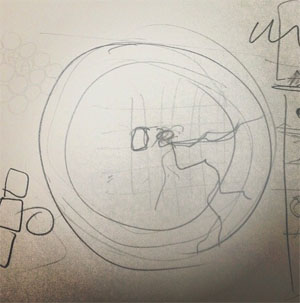
In early April 2014, Quentin Zervaas and I began our first attempt at making an iOS game — Hexiled. Quentin is a mobile app developer and I am a web designer/developer. Before Hexiled, neither of us had made a game. In case it's useful to any other developers, or of interest to those playing the game, here's the story.
Get Hexiled from the App Store on iPhone, iPad and iPod touch now in English, French, Spanish, Portuguese, German, Italian and Dutch.
Hexiled started life as a rough sketch and explanation to my employee Tom in the office one night while we were working late and discussing mobile game ideas. The postage-stamp sketch was essentially a circle with a tree or lightning structure originating from the centre to reach one edge. It looked a little bit like a shattered vinyl record.

My proposed core game mechanic was a grid of hexagon-shaped letter tiles being used to form words and create a sequence from centre to the edge. Any word created had to in some way touch the exposed area so far created: start in the single vacant centre hex and make your way to the edge of the play space as quickly as possible.
With time constraints creating a panic and other blockages (e.g., minimum word length tiles like seen in SpellTower), I figured it sounded like a challenging game I'd like to play. I instantly pictured it as a neon disc floating in a void and matched with an electronic soundtrack making it more about the game mechanic than any story or personality.
I went home, codenamed it Fractured and designed something based around a starscape background, blue hexagons and black navigation blocks. This was on the night of April 3, 2014.
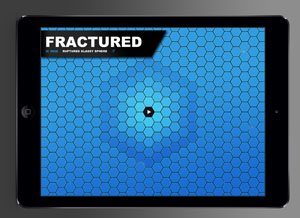
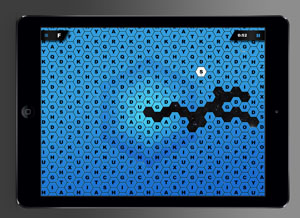
Remarkably, other than the name becoming Hexiled, not a great deal has changed about the basic style since that design. The hexagons in the hero mode are still blue, we still have a starscape background and the in-game interface still has a dark background.
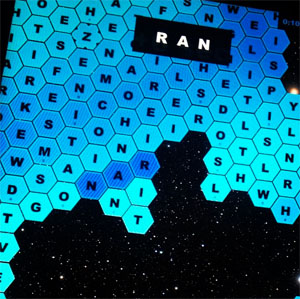
Quentin had prototyped our previous idea based on a square grid of letter tiles but he came around to the idea of a simpler (ha!) first game and got to work on the hexagons and their resulting grid. His progress was astoundingly quick, going from a five-sided hexagon — a true milestone! — to a proper hexagon, a decent hex grid and then a grid with letters. I created the tile images and these were added to the game while we worked out whether we'd have a single game mode, two or three. We eventually settled on three though there was serious merit in locking in on either of what is now the Escape or Explore modes.
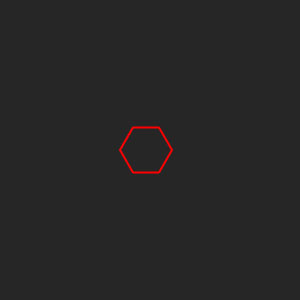
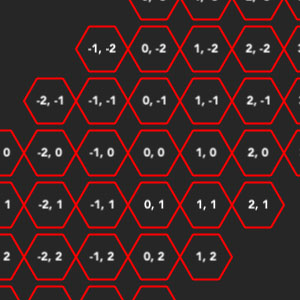
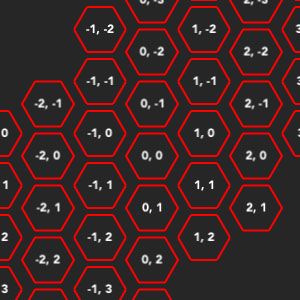
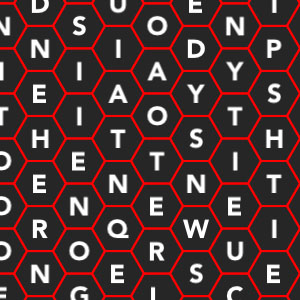
By April 7, we were working out the best way to designate tiles that required a minimum word length and we tried what we called "braille" and "scratches" hoping that these would instantly hint at what was required. However, they weren't obvious to third parties and were begrudgingly replaced with simple numbers.

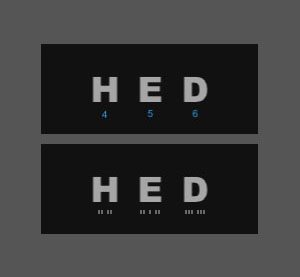
Around April 9, I was designing a post-game stats page as the basic game had started to take shape. Quentin had added letter distribution based on typical English words, a dictionary and we were ready to test the core game mechanic in the wild. It's amazing to think of how far Quentin progressed the game in less than a week, especially considering he was working with SpriteKit for the first time.
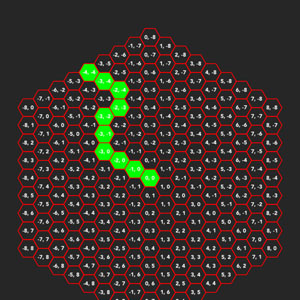
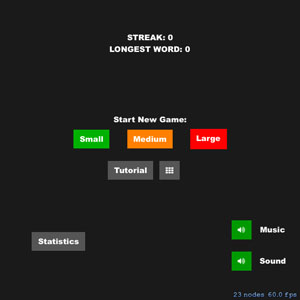


That same week, we added what would be for a long time our only sound effect - a glass breaking effect for making a successful word. It all felt pretty good.
Shortly after this came the first time the game was seriously tested by any others and feedback that refreshed our interest in the project. Read the next chapter!
Get Hexiled from the App Store on iPhone, iPad and iPod touch now in English, French, Spanish, Portuguese, German, Italian and Dutch.